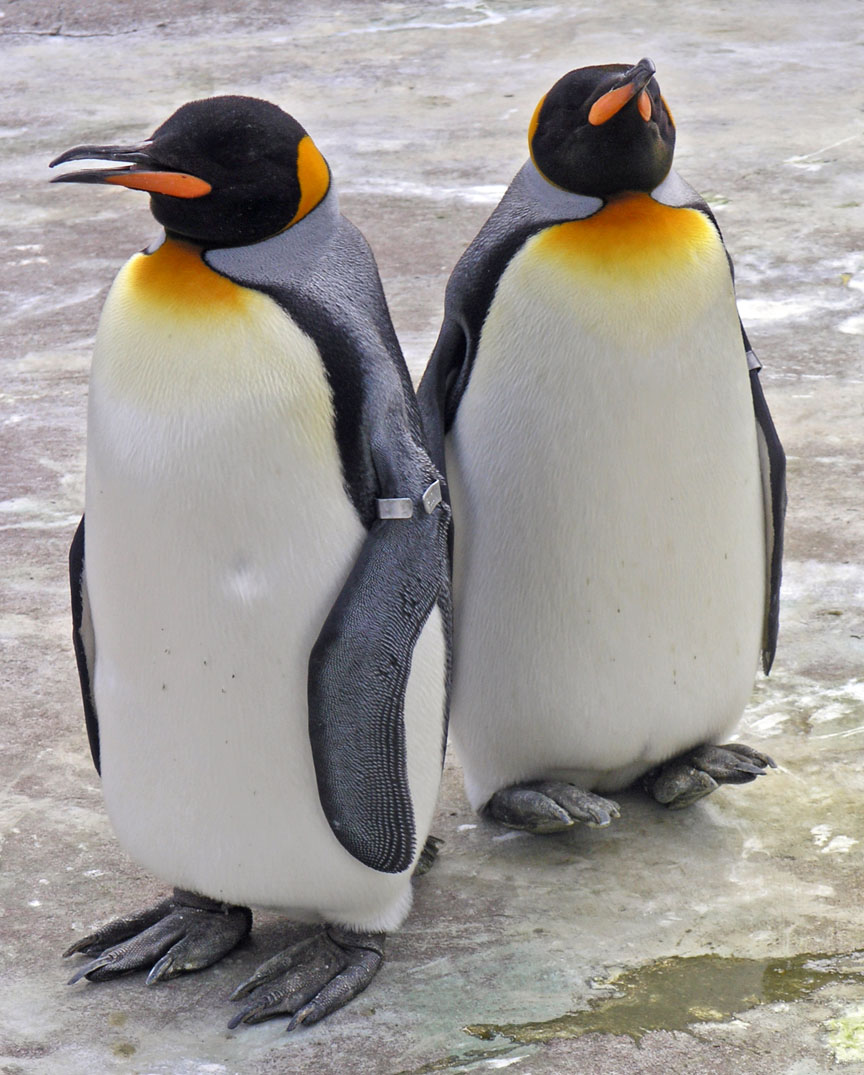Biologists from Dalhousie University, the University of Exeter, and the Monterey Bay Aquarium Research Institute have discovered a new type of algae called a 'rappemonad' with a variety of highly unusual characteristics. For one thing, rappemonads can live in both fresh and salt water. Most organisms are exclusively adapted to one or the other of these environments. In addition, the algae were found in habitats ranging from 52 to 79 degrees Fahrenheit, again, an unusual ability. Finally, the rappemonads are so different from other types of algae living in the same environments that scientists believe they may form an entirely new group of microorganisms.
What I find particularly interesting about this story isn’t the unusual survival abilities of rappemonads, but rather the fact that it took researchers twenty years to actually see them. Back in 1990, a paper was published containing the DNA sequence of this new, as yet unnamed, type of algae. Based on that DNA evidence, the algae were named rappemonads (after Michael Rappé, the author of that paper). But the algae themselves had never been observed.
More recently, the biologists mentioned above analyzed water from a variety of fresh and salt water sources and found DNA evidence that the algae was present. However, that’s still all they found, just the DNA. It was as if all the wildlife in a patch of forest were gathered into a sack and then the contents were analyzed (a bit of blackbird, some ants, a squirrel, etc.) based on the DNA in the bag without ever having seen any of those creatures.
In any case, the researchers did eventually see the rappemonads. They used the known DNA sequences to make fluorescent probes, and then were able to photograph the lit up organisms. You can see the results below:

A collection of rappemonad cells photographed by a high-powered microscope. Each cell contains at least two chloroplasts (green dots) and a nucleus (blue dots).
Images: from Kim, Harrison, Sudek et al. PNAS 2010.











